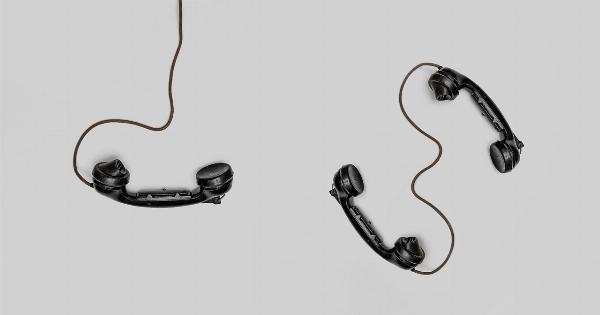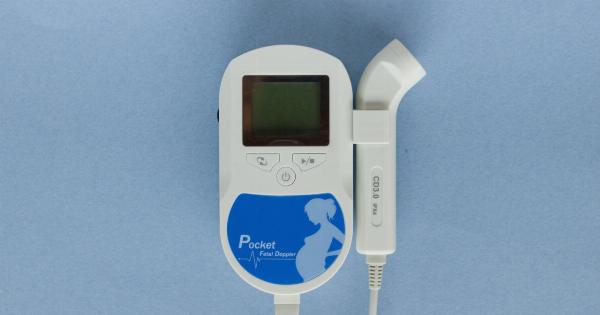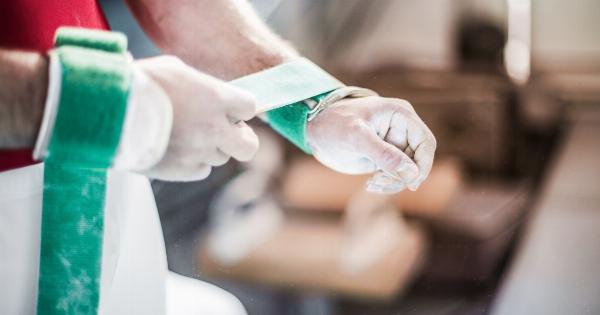The umbilical cord is a vital part of the fetus that links it to the placenta, providing it with oxygen and nutrients for growth. After childbirth, the umbilical cord is clamped and cut, and the newborn child can breathe on its own.
However, the timing of when to cut the cord has been a matter of debate among medical professionals, parents, and researchers for years. In this article, we will explore the various factors that should be considered when determining the optimal time to cut the umbilical cord.
What is the umbilical cord?
The umbilical cord is a flexible tube-like structure that connects the fetus to the placenta in the womb. The cord contains two arteries and one vein that transport blood and nutrients between the fetus and the placenta.
The vein carries oxygen and nutrients to the fetus, while the arteries carry carbon dioxide and waste products away from the fetus.
When should the umbilical cord be cut?
Traditionally, the umbilical cord was cut immediately after birth. However, recent studies have suggested that delaying cord clamping for even a few minutes can provide numerous benefits to both the mother and the newborn baby.
The World Health Organization (WHO) recommends delaying the umbilical cord clamping for at least one to three minutes after birth.
Benefits of delayed cord clamping
Delayed cord clamping has several benefits for both the mother and the newborn baby:.
Better blood flow and oxygenation
Delayed cord clamping allows more blood to flow from the placenta to the baby, resulting in a higher volume of red blood cells that carry oxygen. This can reduce the risk of anemia in the newborn baby and improve oxygenation.
Lower risk of respiratory distress syndrome
Babies born prematurely are at risk of developing respiratory distress syndrome (RDS). Delayed cord clamping can help reduce the risk of RDS by supplying more blood and oxygen to the fetus.
Reduced need for blood transfusions
Delayed cord clamping can also reduce the need for blood transfusions in both the mother and the newborn baby. This is because more blood is preserved in the baby’s circulation, reducing the need for additional blood transfusions.
Improved iron levels
Delayed cord clamping can increase the newborn baby’s iron levels, reducing the risk of iron deficiency anemia. This is because the placenta supplies iron to the baby during the last few weeks of pregnancy.
Better breastfeeding outcomes
Babies who received delayed cord clamping were more likely to breastfeed successfully. This may be because of the increased blood volume and oxygenation, which leads to better sucking and rooting reflexes.
Risks of delayed cord clamping
While delayed cord clamping is generally considered safe, there are a few risks associated with it. These include:.
Jaundice
Delayed cord clamping can increase the risk of jaundice in newborn babies. This is because the breakdown of red blood cells produces a substance called bilirubin, which can accumulate in the baby’s bloodstream and cause jaundice.
Possible maternal hemorrhage
Delayed cord clamping can increase the risk of maternal postpartum hemorrhage. This is because the placenta continues to pump blood into the baby after birth, increasing the risk of excessive bleeding in the mother.
Conclusion
In conclusion, delayed cord clamping has several benefits for both the mother and the newborn baby. However, it is essential to consider the potential risks when deciding when to clamp the umbilical cord.
Ultimately, the timing of cord clamping should be based on individual circumstances and medical history.




























